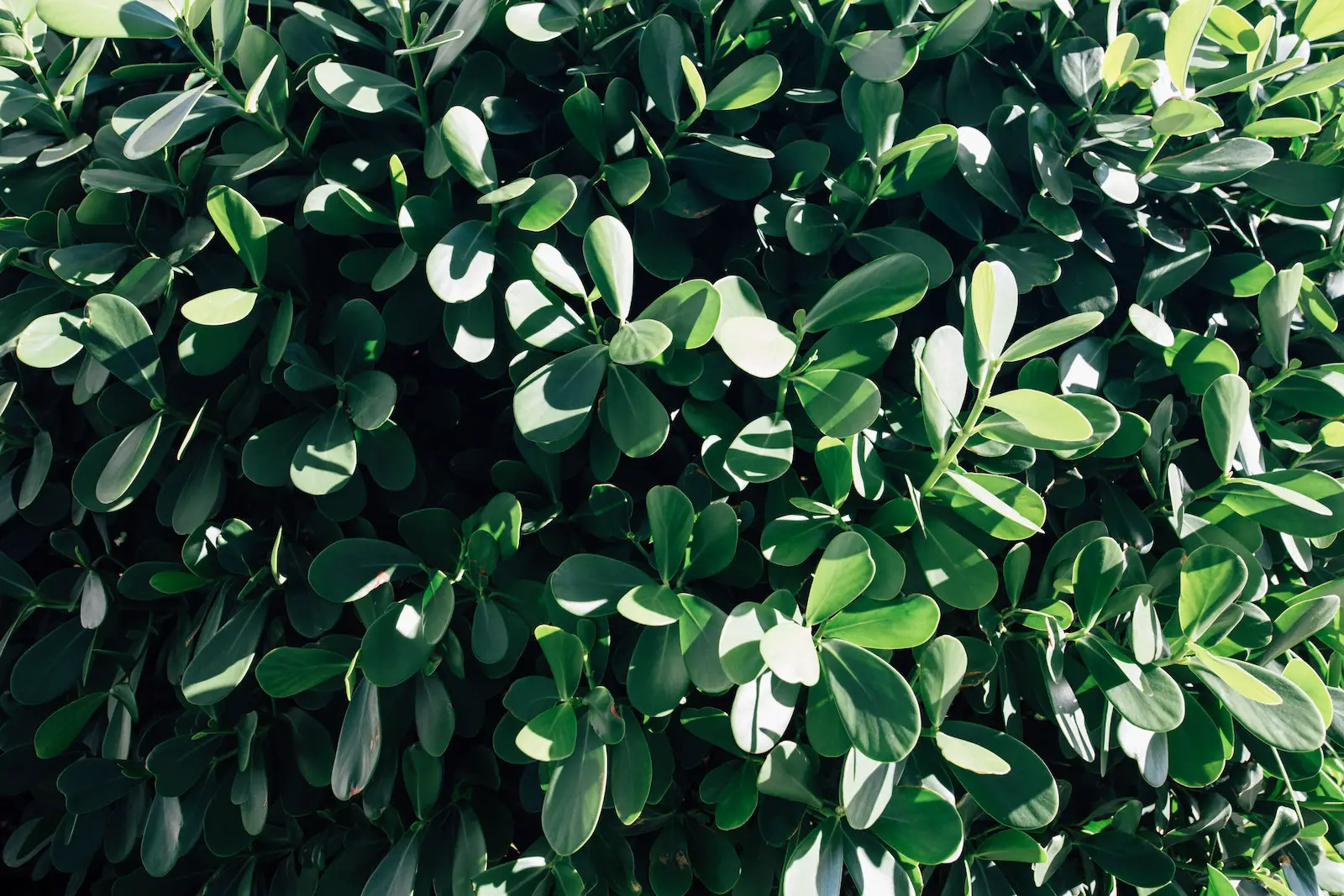Clusia is a genus of tropical trees and shrubs known for their striking appearance and resilience. With its glossy, leathery leaves and unique flowers, Clusia makes a stunning addition to gardens, landscapes, and indoor plant collections. Some species, like Clusia rosea, are particularly popular as houseplants or decorative outdoor plantings in tropical regions.
Originally native to Central and South America, the Caribbean, and some parts of Florida, Clusia has spread across the globe due to its adaptability and ease of care. It is often praised for its ability to grow in various soil types and its resistance to drought. Moreover, Clusia is known for its air-purifying qualities and has become an essential element in many tropical-themed garden designs.
One of the unique features of Clusia is its ability to grow on other trees as an epiphyte, where it takes root in the host tree’s bark. This unique growth habit has led to its nickname “Autograph Tree,” as people can etch their names or messages onto the thick leaves, which then remain visible for a long time.
| Attribute | Details |
|---|---|
| Common Names | Autograph Tree, Signature Tree |
| Botanical Name | Clusia spp. |
| Family | Clusiaceae |
| Plant Type | Tropical Trees and Shrubs |
| Mature Size | 8-30 feet (varies by species) |
| Sun Exposure | Full Sun to Partial Shade |
| Soil Type | Well-drained, Sandy, Loamy |
| Hardiness Zones | 10-11 |
| Native Area | Central and South America, Caribbean |
Clusia Care
Clusia plants are generally easy to care for and are ideal for gardeners looking for a low-maintenance tropical addition to their space. Providing the right balance of light, soil, water, and temperature will ensure that Clusia thrives.
It’s essential to avoid overwatering and to provide well-drained soil to prevent root rot. Pruning can help maintain the shape and size of the plant, while fertilizing and pest management will support healthy growth.
Light Requirement for Clusia
Clusia plants prefer full sun to partial shade. A sunny spot with some protection from the intense afternoon sun is typically ideal. Indoor Clusia should be placed near a bright window, but out of direct sunlight, to prevent leaf burn.
Soil Requirements for Clusia
Well-drained, sandy, or loamy soil is best for Clusia. While it can tolerate various soil types, including poor soil, good drainage is crucial to prevent waterlogging and associated root rot problems. A pH of 6-7 is generally preferred.
Water Requirements for Clusia
Water Clusia moderately, allowing the top of the soil to dry slightly between waterings. It is quite drought-tolerant, especially when fully established. However, consistent watering during the growing season will support optimal growth.
Temperature and Humidity
Clusia prefers tropical temperatures and can be damaged by frost. If grown outdoors in colder regions, it should be brought inside during winter. High humidity levels are beneficial, but the plant is quite adaptable to various humidity conditions.
Fertilizer
A balanced, slow-release fertilizer can be applied in the spring to support growth. Be cautious not to over-fertilize, as this can lead to lush but weak growth that’s more susceptible to pests and diseases.
Pruning Clusia
Pruning helps maintain the desired size and shape of Clusia. It is best done in late winter or early spring before new growth begins. Removing dead or damaged branches and shaping the plant as needed will keep it looking its best.
Propagating Clusia
Clusia can be propagated through cuttings or air layering. Cuttings should be taken in spring or early summer and rooted in a well-draining soil mix. Air layering involves wounding a branch and encouraging it to root while still on the parent plant.
How To Grow Clusia From Seed
Growing Clusia from seed is possible but can be challenging. Fresh seeds should be sown in a well-draining soil mix and kept warm and moist. Patience is required, as germination can be slow and sporadic.
Common Pests & Plant Diseases
Aphids
Aphids can be managed with insecticidal soaps or neem oil.
Root Rot
Caused by overwatering and poor soil drainage, root rot can be avoided with proper care.
Common Problems With Clusia
Yellowing Leaves
This can be a sign of overwatering or nutrient deficiencies.
Leggy Growth
Leggy growth may indicate inadequate light and can be corrected by providing more sunlight.
Pro Tips
- Place Clusia in a spot with bright indirect sunlight if growing indoors.
- Use a well-draining soil mix to prevent waterlogged conditions.
- Monitor for pests, especially during the growing season.
- Consider Clusia as a statement piece in tropical or xeriscape garden designs.
- Be patient with seed germination; Clusia seeds may take time to sprout.




